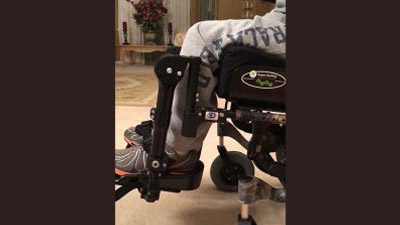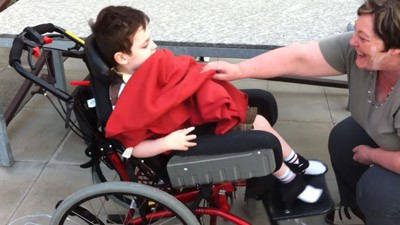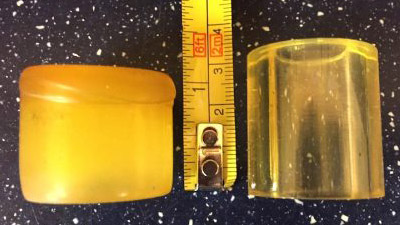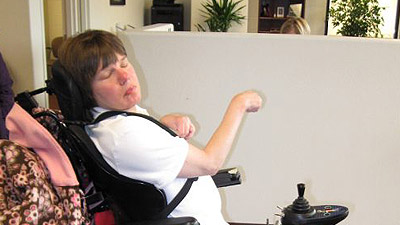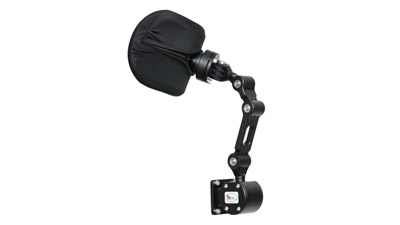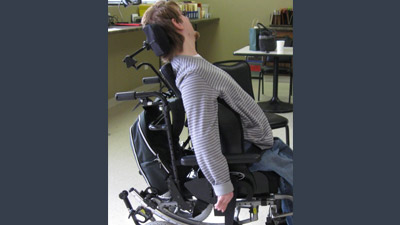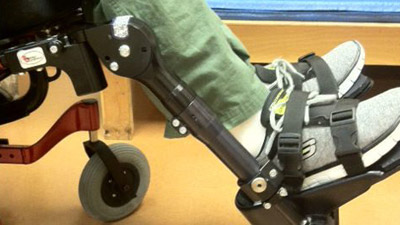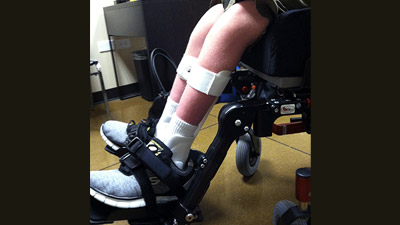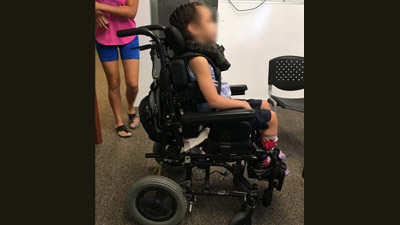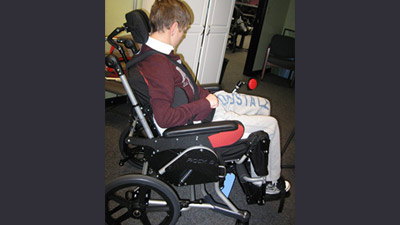Advantages of Modular Dynamic Seating Systems
In this blog, we will highlight the advantages of Modular Dynamic components. Modular components can be retrofitted to a new or existing mobility base and used individually or in combination with one another.
Pros and Cons of Integrated Dynamic Seating Systems
One of our past blogs, posted September 14th of 2016, explained the difference between Integrated and Modular Dynamic Seating. When boiled down to the basics, the difference between the two options.
When An Elastomer Goes Flat… The Story of J and the Flattened Elastomers
This is the story of J and the flattened elastomers. J is a young man with an incredibly strong extensor tone pattern that usually initiates in his hips. He uses a Seating Dynamics Dynamic Rocker Back to absorb these forces. He resides in a long term care facility and has multiple caregivers who have known him for many years.
Achieving Head Alignment through Movement
Vince is a young adult with the diagnosis of cerebral palsy. He had significant muscle tone throughout his body and frequently extends in his current wheelchair seating system. We were anxious to explore dynamic seating options to diffuse some of this extensor tone.
Dynamic Head Supports – the importance of design in meeting client goals
In our last blog, we discussed clinical indicators and contra-indicators to allowing movement into neck extension using a dynamic head support. Dynamic movement in this area can protect the head support hardware from damage, limit client injury, and reduce overall extensor tone. How does design facilitate these goals?
3 Reasons to Allow the Neck to Extend
In previous blogs, we have discussed clinical indicators for providing dynamic movement at the hips and knees. Another location dynamic movement can be provided is at the neck through Dynamic head support mounting hardware.
Preserving Joint Integrity through Dynamic Seating
Daniel is a teenage boy with the diagnoses of cerebral palsy and seizures. He has significantly high muscle tone and has had varied success with tone management over the years. If his feet are not strapped to the footplates, he extends at his knees and his feet are then hanging far in front of the footplates. This increases the turning radius of the wheelchair, places his lower legs at risk of injury, and leads to a loss of position of his pelvis. As a result, his feet have been strapped into shoeholders for most of his life. This positioning has kept his feet on the footplates, but has created other issues.
3 Reasons to Provide Movement at the Knee
Seating Dynamics explains the importance of dynamic wheelchair footrests that allow movement at the knee to reduce client injury and wheelchair damage.
Oil and Water – Do Molded Backs and Dynamic Seating Mix?
Oil and water don’t mix well and we often assume that molded seating and movement don’t mix either. Why? Well, a molded seat or back provides very intimate contact with the client’s body. If, for example, the seat to back angle changes, this can change the alignment of the client in relation to these intimate contours.

